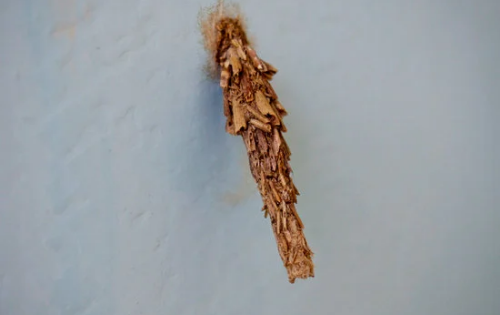Plaster bagworms are a common problem for homeowners with exterior walls. The pests are small, but they can cause big problems if they’re not dealt with quickly. Plaster bagworms are most commonly found in the cracks and crevices of exterior walls, where they lay their eggs. The eggs hatch into larvae, which then spin cocoons and emerge as adults. Plaster bagworms are attracted to light, so they often congregate near doors and windows. The pests also feed on plaster, which can damage the exterior of your home. If you suspect that you have a plaster bagworm infestation, there are a few things you can do to get rid of the pests.
What Causes Plaster Bagworms?
Plaster bagworms are caused by high humidity levels. The insects lay their eggs in cracks and crevices in the plaster, which hatch into larva that feed on the plaster. This causes small holes to form in the plaster, which can lead to bigger problems if left unaddressed. Additionally, when the larva shed their skin, it can also damage the plaster.
How to Get Rid of Plaster Bagworms on Exterior Walls?
There are a few things you can do to get rid of plaster bagworms. One is to vacuum them up with a handheld or shop vac. This is effective for getting rid of small infestations. However, for larger infestations, you may need to call in a professional exterminator. Another thing you can do is try a natural insecticide, such as diatomaceous earth or neem oil. These products will kill the insects without harming your plants or animals. Finally, you can also reduce the humidity levels around your home by using a dehumidifier or keeping your air conditioner maintained.
Conclusion
If you have noticed plaster bagworms on your exterior walls, there are a few steps you can take to get rid of them. Try vacuuming them up with a handheld or shop vac for small infestations, or calling in a professional exterminator for larger ones. You can also reduce the humidity around your home by using a dehumidifier or keeping your air conditioner maintained. By taking these steps, you will avoid further damage to your plaster and keep your home free of these pests.

